Avoncroft Museum of Historic Buildings
Avoncroft is England’s first open-air museum of rescued historic buildings. This pleasant rural setting is home to a wide collection of buildings representing seven centuries of Midlands architecture. The museum collection is diverse from church spire and cell block to windmill and workshop.

Key info
| Address | Stoke Heath, Bromsgrove, B60 4JR |
| County | Worcestershire |
| Opened | 1967 |
Visiting guide
Café
Toilets
Gift shop
What can I expect when visiting Avoncroft Museum?
There is a lot to see at Avencroft; however, we are only going to cover industrial heritage buildings in this visiting guide. We’re going to work our way around clockwise from the entrance.
The National Collection of Telephone Kiosks is one of the best attractions in Worcestershire. This delightful exhibition of rescued and reconstructed booths details the history of their design over the years. It even includes rare models such as the K5, a red booth that functioned as a mini post office with a post box and stamp dispenser, only 50 were manufactured.

There is a collection of historic emergency service public telephone columns and police boxes including a box design used by Coventry’s police.

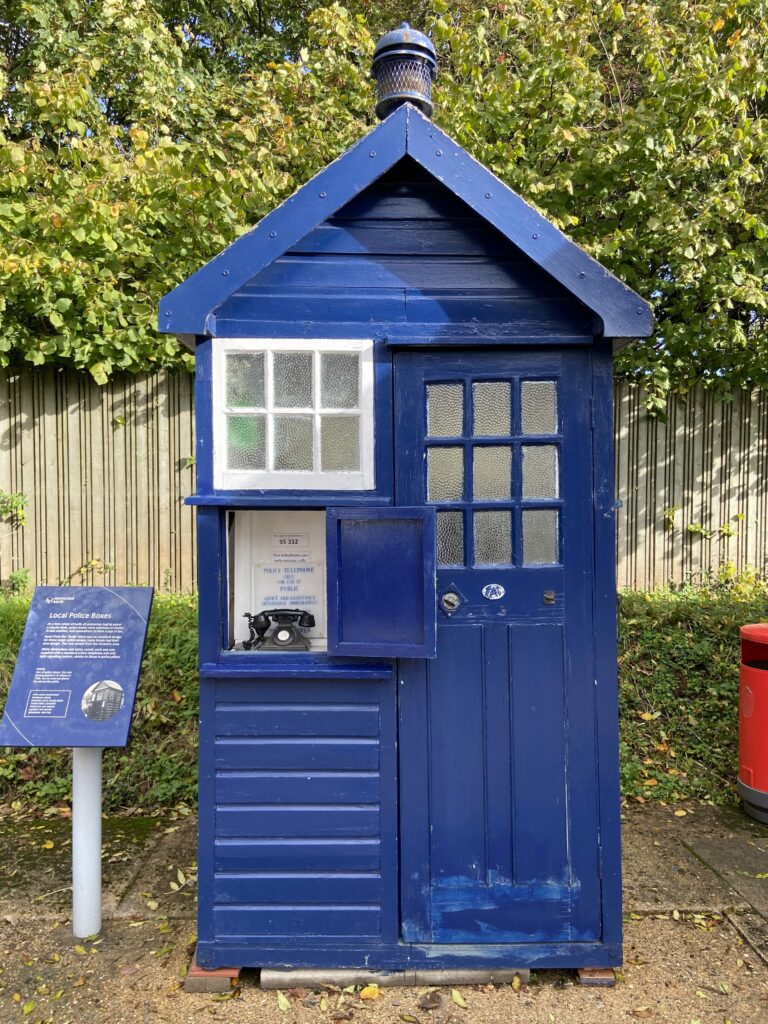
Be sure to peruse the historic collection of telephones used on the roadside by AA and RAC members.

Head to the south corner of the museum grounds where you will encounter the post windmill. It was originally located in Danzey Green, Tanworth in Arden and used for grinding corn between 1830 and 1874. A storm damaged one of the sails and the mill was left to deteriorate before it was rescued in 1969.

The windmill is usually open and offers a great opportunity to see the internal mechanism that operated the millstones.
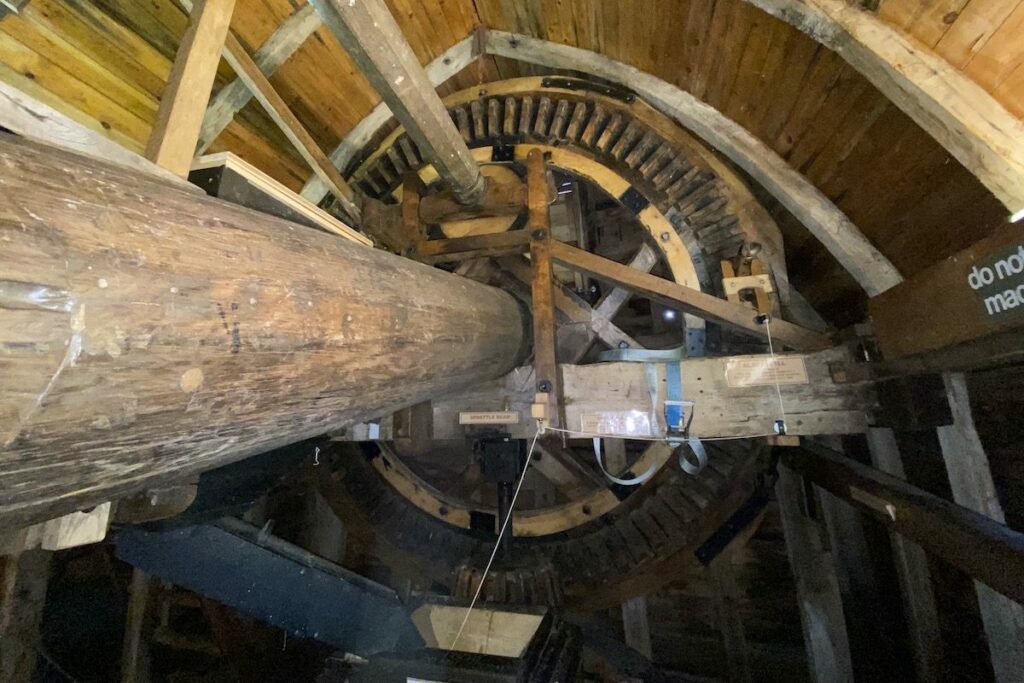
Exit the windmill field, head past the granary and you’ll see a perry mill on the left that was originally located at Hunt End in Redditch. It is estimated to have been built between 1790 and 1810. A small horse or donkey would push an upright stone around the mill to crush pears before the fruit was pressed and fermented.
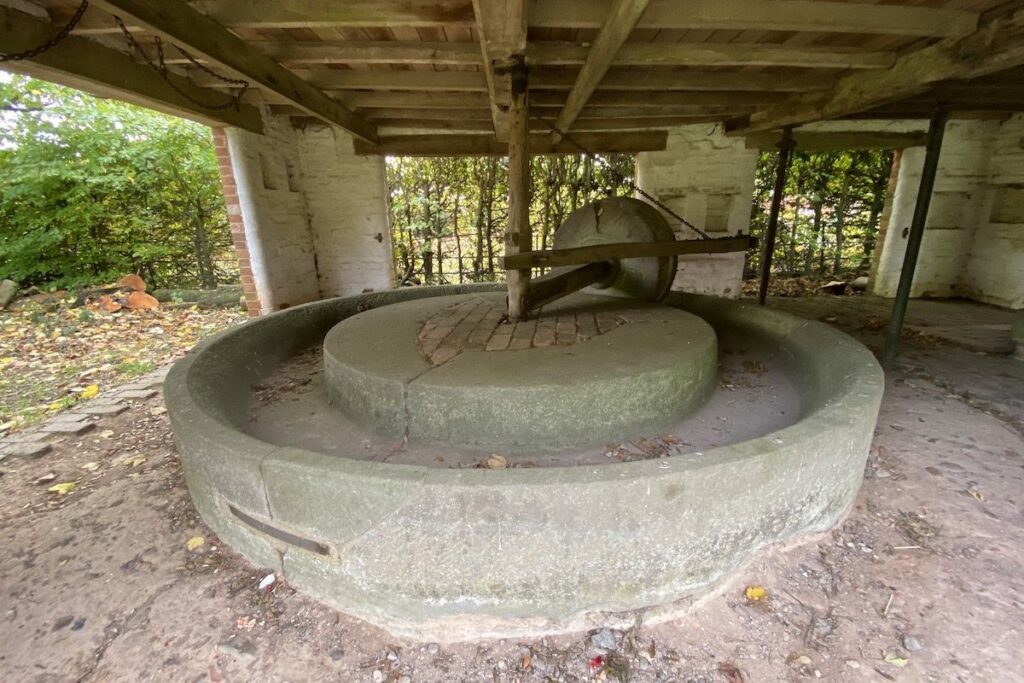
Continue and you will see the nailshop terrace on the left. This terrace of four cottages was located on Melbourne Road in Bromsgrove and contain two nailshops and a wash house at either end, each shared by two cottages. Domestic nail making in Bromsgrove was at its height in 1851 before the process was mechanised. This nailshop was being used as a storehouse and due for demolition before being rescued in 1969.

Opposite the nailshop is the chainshop. Originally located on Colley Lane, Cradley Heath, it was one of fifteen buildings that made up the Scotia Works. It produced chain by hand from the mid-19th century until 1969. The unglazed, barred windows and roof ventilators were designed to reduce the effects of the extreme heat generated.

Behind the chainshop is the toll house from Little Malvern. It was built in 1822 and owned by the Upton-upon-Severn Turnpike Trust which leased the house. Tenants paid rent annually to the trust in exchange for the right to keep tolls collected at the gate.
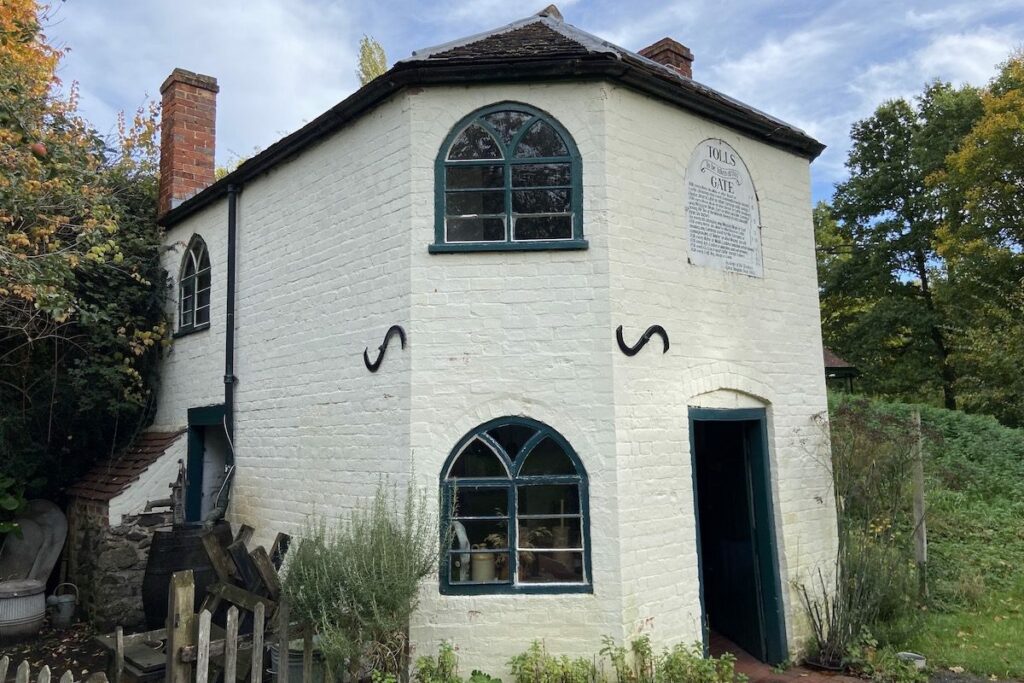
Behind the Cockpit to the north of the toll house is the racksaw. This large-toothed circular saw was used for the first stage of cutting freshly fallen trees from the Guy’s Cliffe estate near Warwick starting in 1896. It would have been originally powered by a steam engine and was offered to Avoncroft in 1977 after years of deterioration.
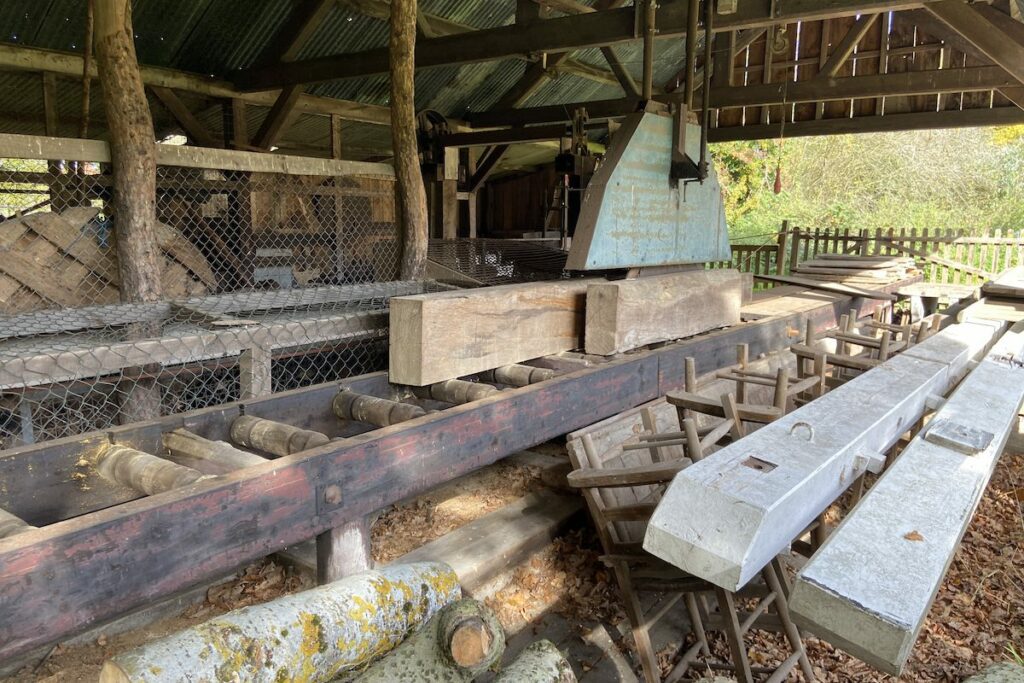
Head to the row of sheds to the northeast where you will discover a model of a brickmaking machine one-third the scale of the original made by C. Whittaker and Co. Ltd of Lancashire c.1900 to demonstrate the latest brick-making technology at trade exhibitions. It was originally powered by a 5hp electric motor and could produce 6,000 bricks per day. There is also a collection of bricks from local manufacturers that no longer exist.

How long does it take to visit Avoncroft Museum?
It will take you around 2 hours 30 minutes to work your way around all the buildings. You may wish to leave extra time for visiting the café.
Is Avoncroft Museum suitable for a picnic?
Avoncroft has many open green spaces, which are suitable for a picnic. You may wish to support the museum by visiting their café, which serves a range of sandwiches, cakes, and hot drinks.
How do I get to Avoncroft Museum?
There is a free car park if you are arriving by car. The museum is a 25-minute walk from Bromsgrove Railway Station. There are bus stops next to the museum on the A38 with services coming in and out of Bromsgrove.
History of Avoncroft Museum
1967 – Merchant’s House is rebuilt and opened. A medieval feast was delivered in the house after the opening ceremony attended by 116 invited guests.
1968 – Iron Age huts are built.
1970 – The nailer’s workshop is completed.
1976 – The String of Horses Inn is opened and now functions as the museum’s café.
1971 – The windmill is completed.
1972 – The chainshop and granary are completed.
1973 – The Victorian chimneys arrive.
1975 – Cholstry Barn and Plas Cadwgan are opened.
1979 – The Cockpit and counting house are completed.
1984 – The earth closet, Tong Castle Ice House and model railway are opened.
1986 – The dovecote is completed.
1987 – The toll house is completed.
1992 – The perry mill and cell block are completed.
1994 – The National Collection of Telephone Kiosks is opened.
1996 – Guesten Hall and Bringsty Mission Church are completed.
1997 – The spire of St Paul’s Church is erected.
1998 – The showman’s wagon is opened [1].
2021 – The museum is vandalised by criminals causing thousands of pounds in damage. The story is reported in national news outlets [2].
Sources
- Museum information boards.
- BBC News (2021) ‘Outpouring of support for vandalised Avoncroft Museum’, BBC News. Available at: https://www.bbc.co.uk/news/uk-england-hereford-worcester-56973362 (Accessed: 26 Nov 2022).

 Mountnessing Windmill
Mountnessing Windmill